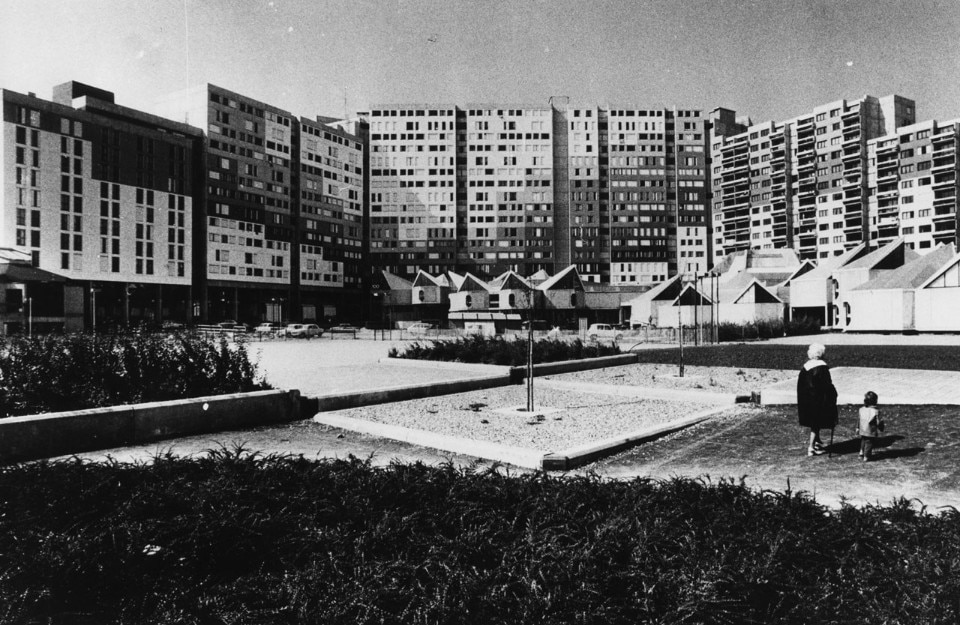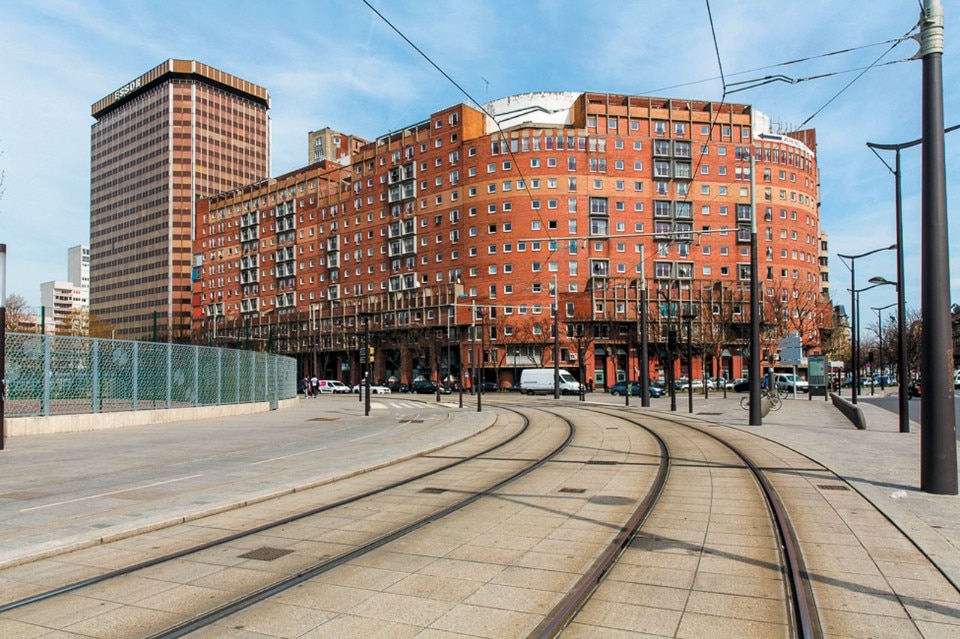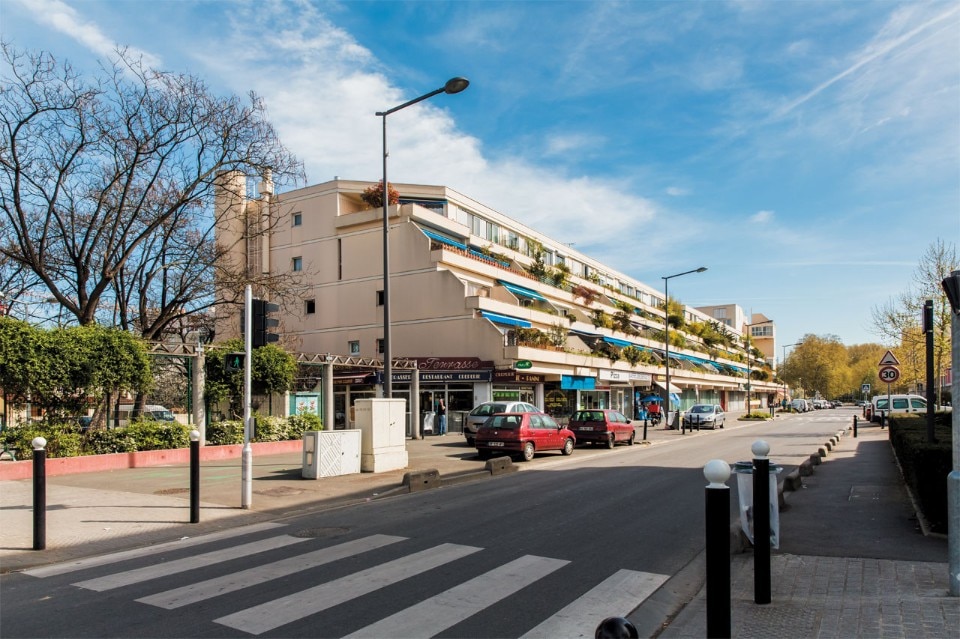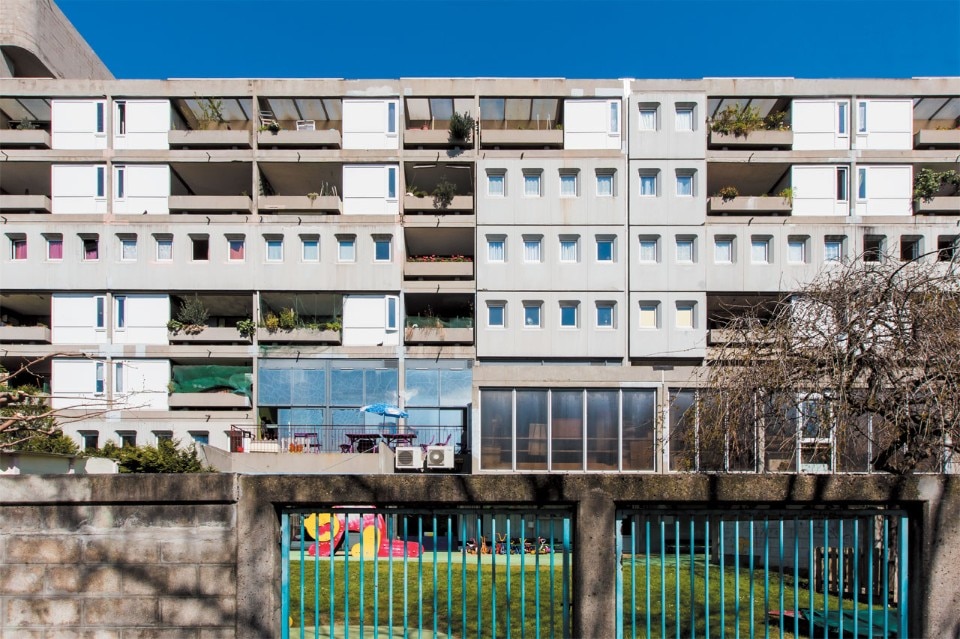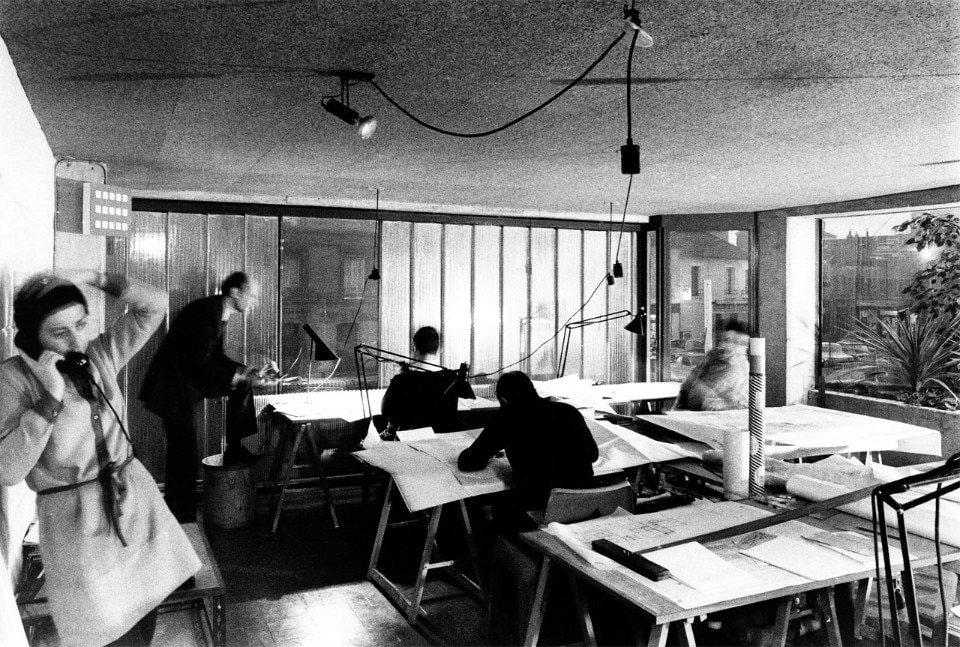
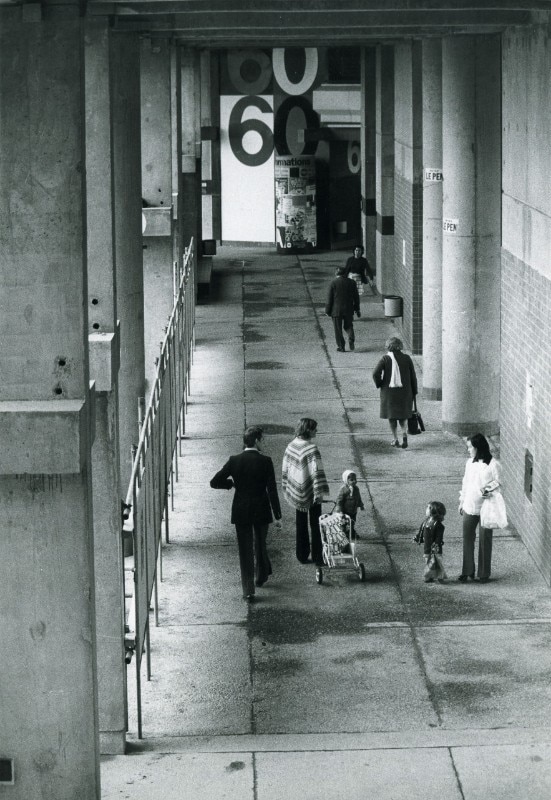
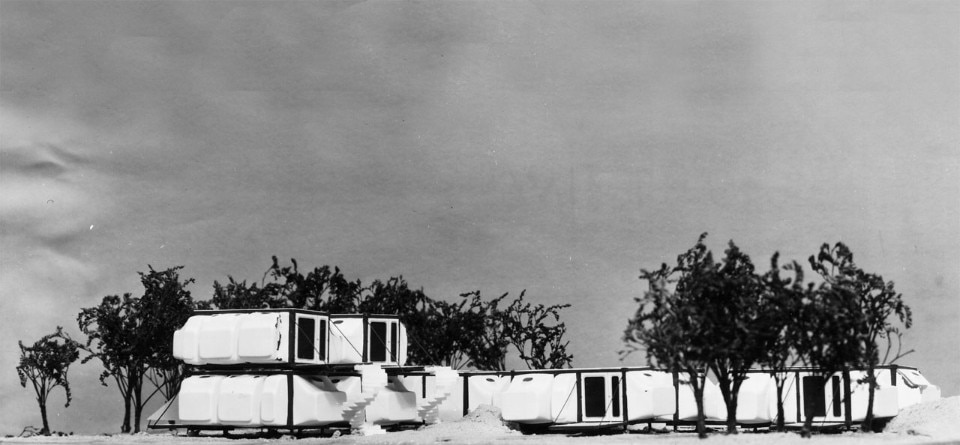
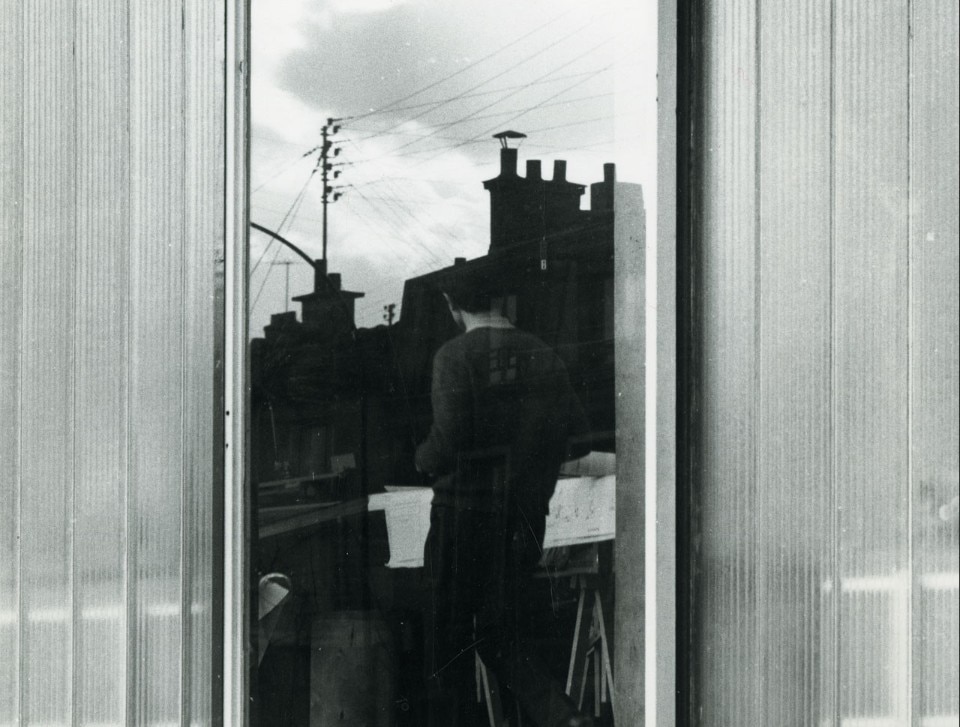
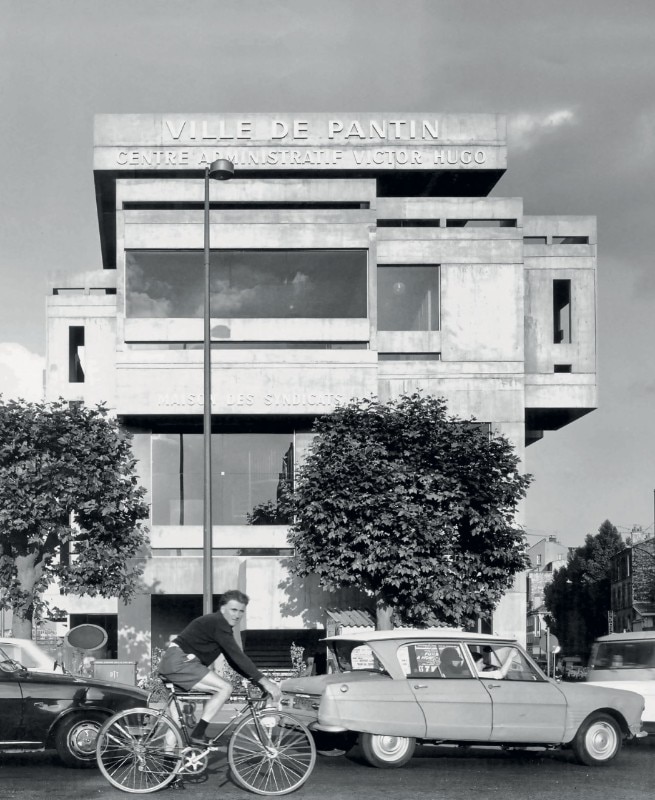
All this, and much more, we learn in the exhibition “AUA – Une architecture de l’engagement 1960-1985.” For who is not familiar with the group (as I am sure it is the case for many architects outside France), the exhibition is a marvelous journey into a particular epoch and a singular approach to the profession. It is also a micro-history of 1960s to 1980s France. On the other hand, the French public might discover, meandering through the exhibition, many particular paths within the group: AUA was a collective formed of a series of individuals that kept their personal signatures and worked on particular projects. The rich series of oral histories presented throughout the exhibition might as well help the visitor to grasp the many personalities that constituted this fluctuant and evolving group.
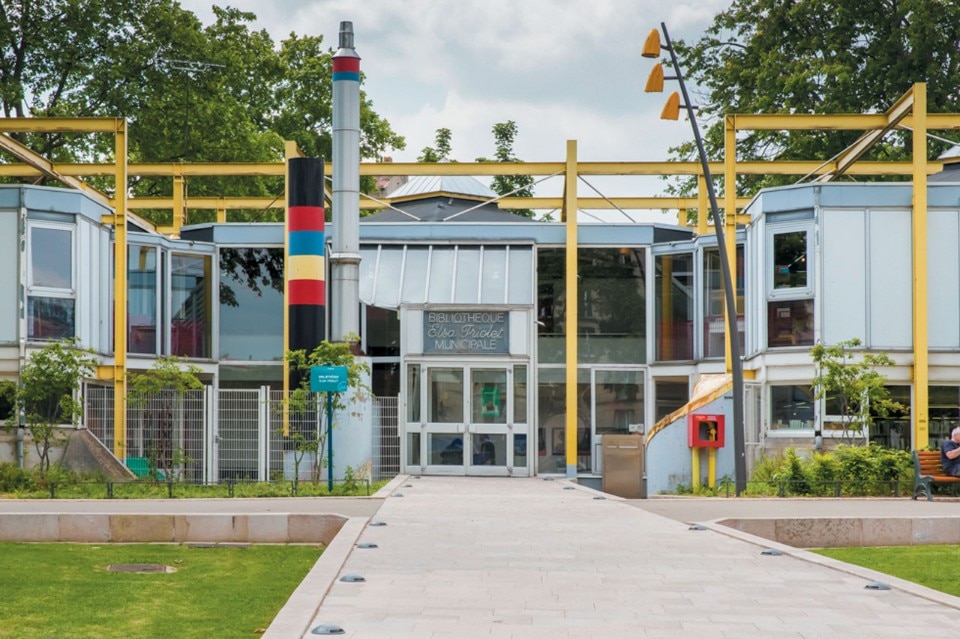
Cohen and Grossman suggest that the fascination with AUA – and for other similar groups of the time – is the utopia it represents – a concrete utopia to use the word of German philosopher Ernst Bloch. But as every family, the AUA was full of life and highly dysfunctional at time. This is what transpires from the first ever retrospective dedicated to their work: a rich, compact and intense exhibition and an ode to a period in which politics and culture walked hand in hand. Yet if the exhibition revels an abounding quantity of archival material, models, drawings, photographs and original interviews, one would have liked more space to breathe and absorb what feels like a five room’s exhibition that has been condensed into one and only small exhibition space. But luckily, after the show closes the catalogue remains. “AUA – Une architecture de l’engagement 1960-1985”, is a beautifully designed and smartly curated book that offers a wonderful collection of essays by some of the best French architectural historians of the moment. As such, the exhibition and the book offer an immense contribution to French’s recent history.
until 29 February 2016
Les années AUA
Curators: Jean-Louis Cohen with Vanessa Grossman
Centre de l’Architecture et du Patrimoine
1 place du Trocadéro, Paris


